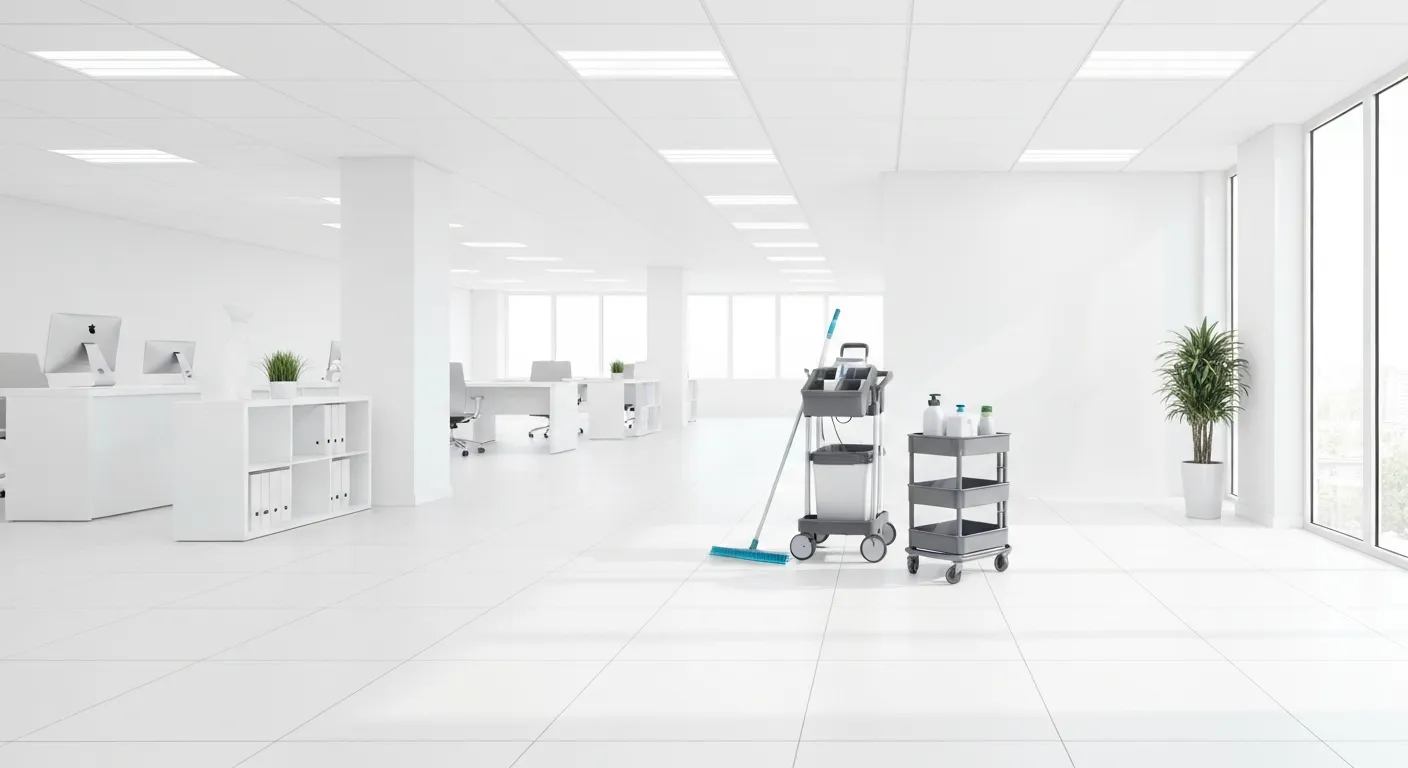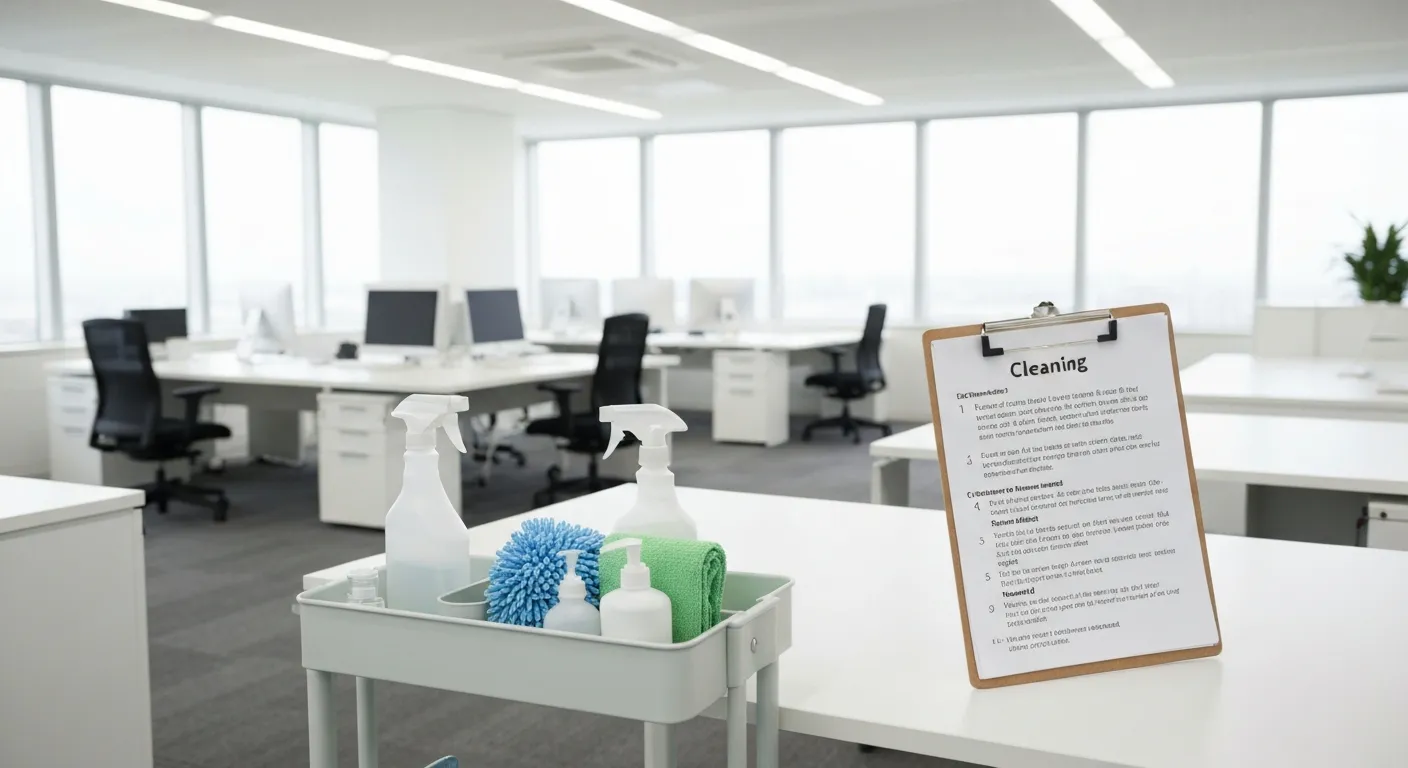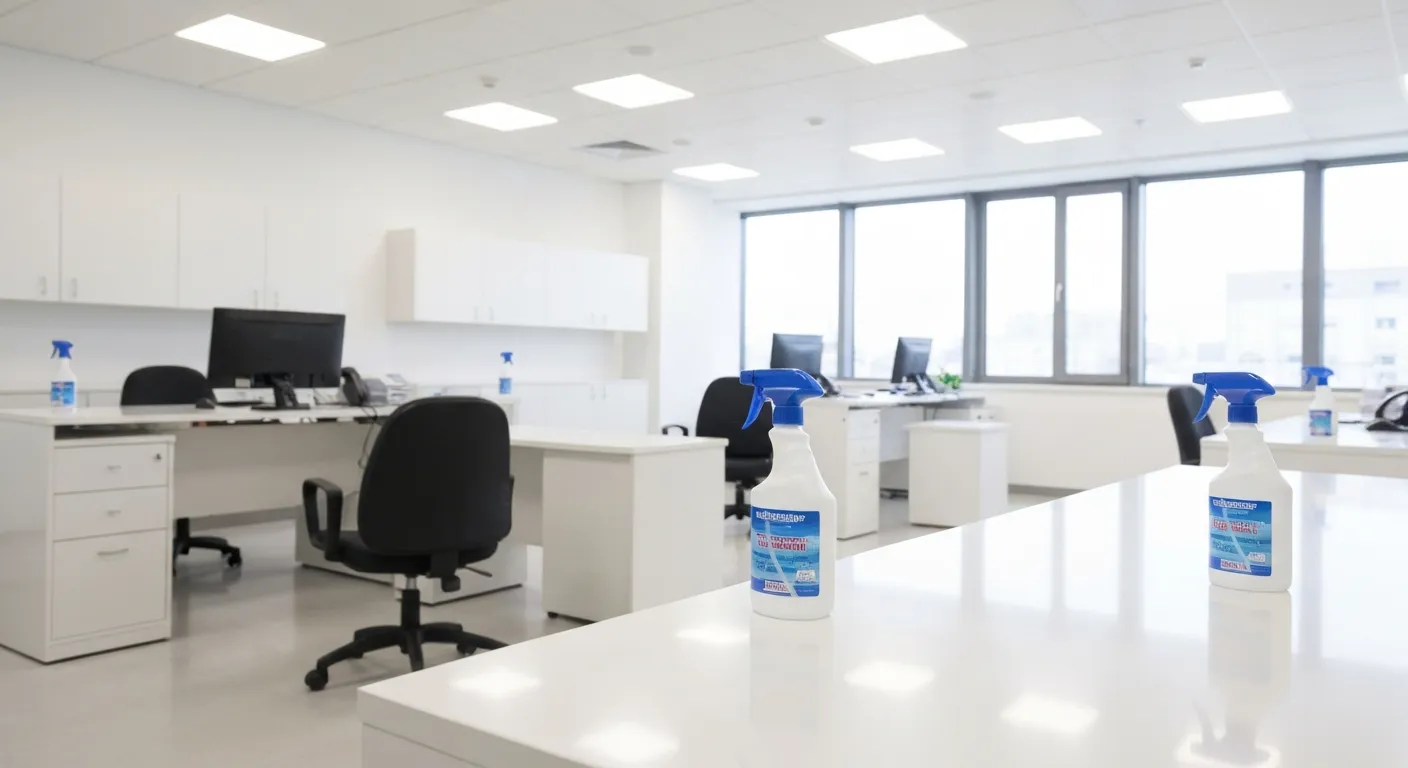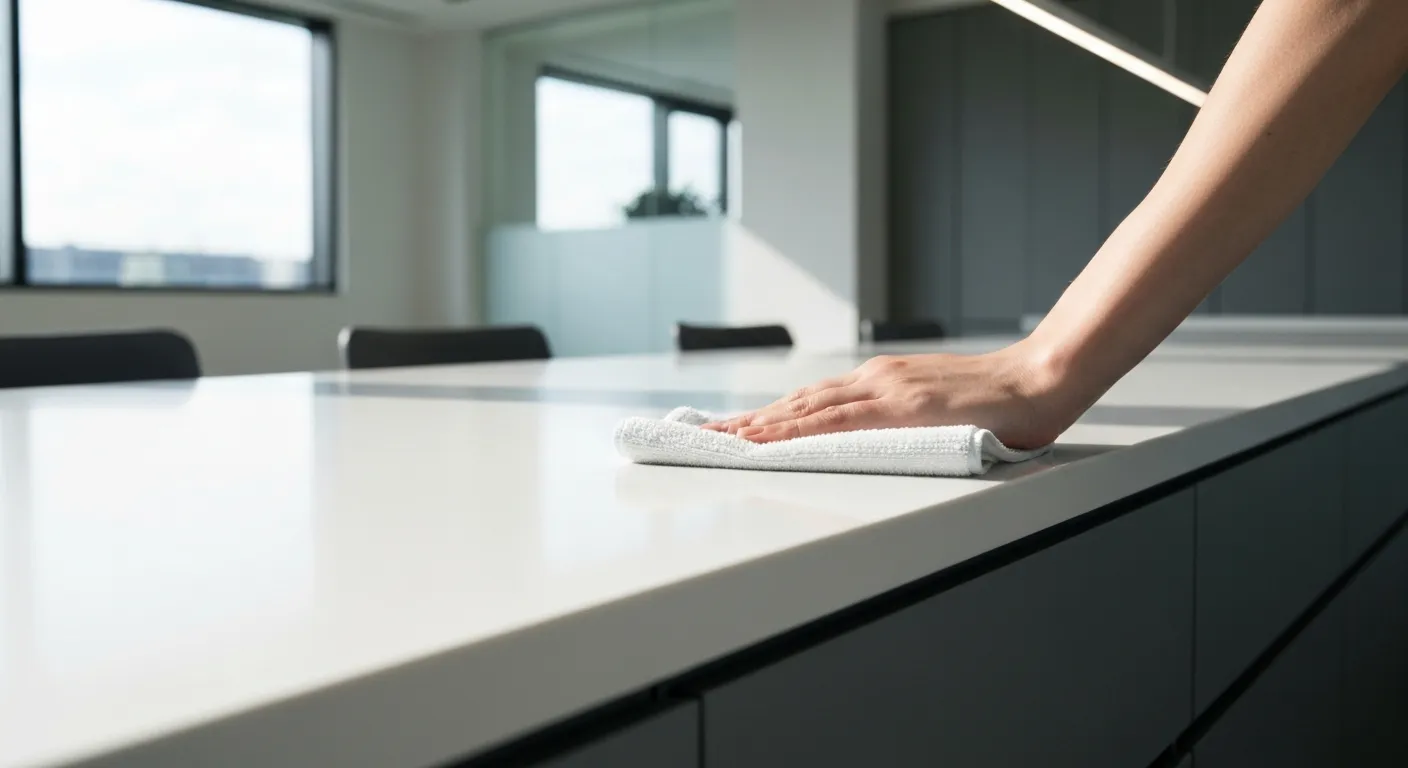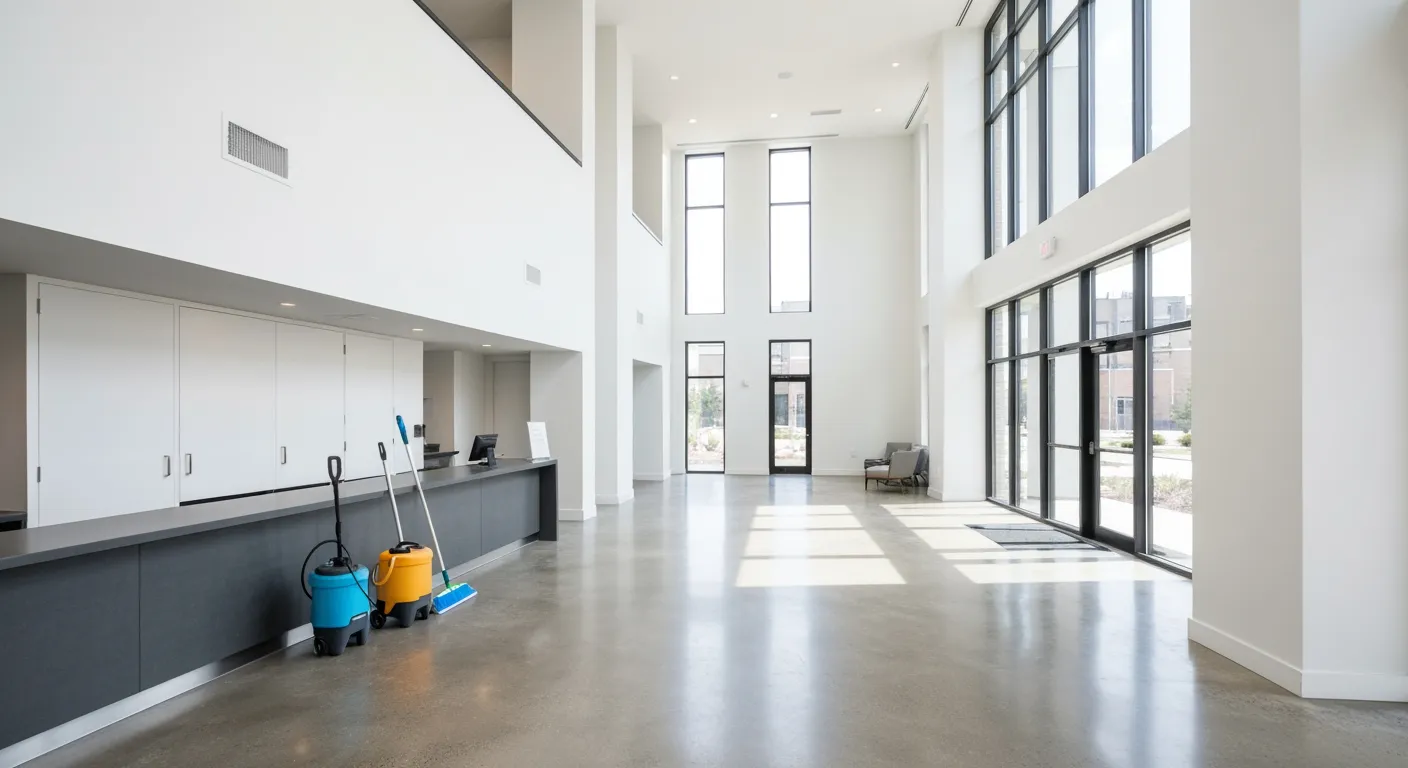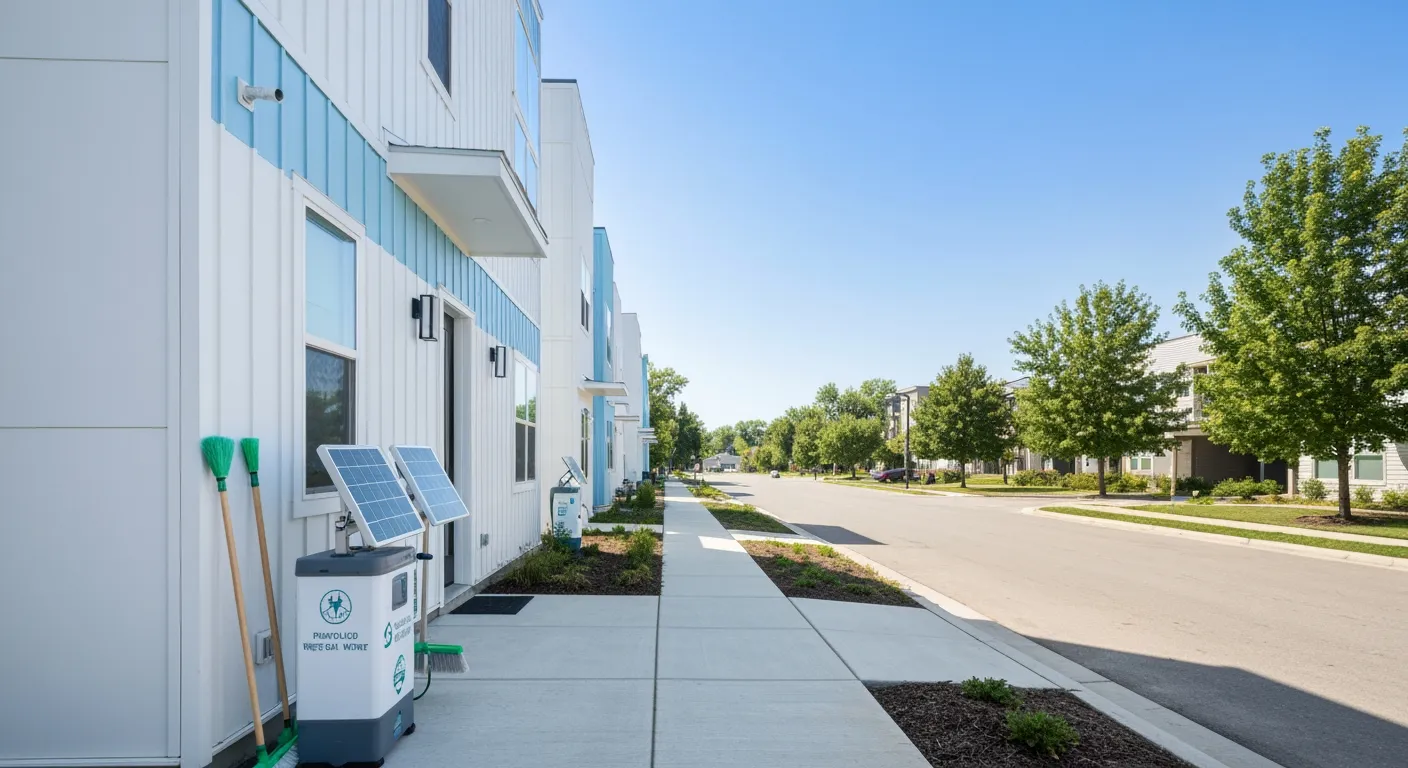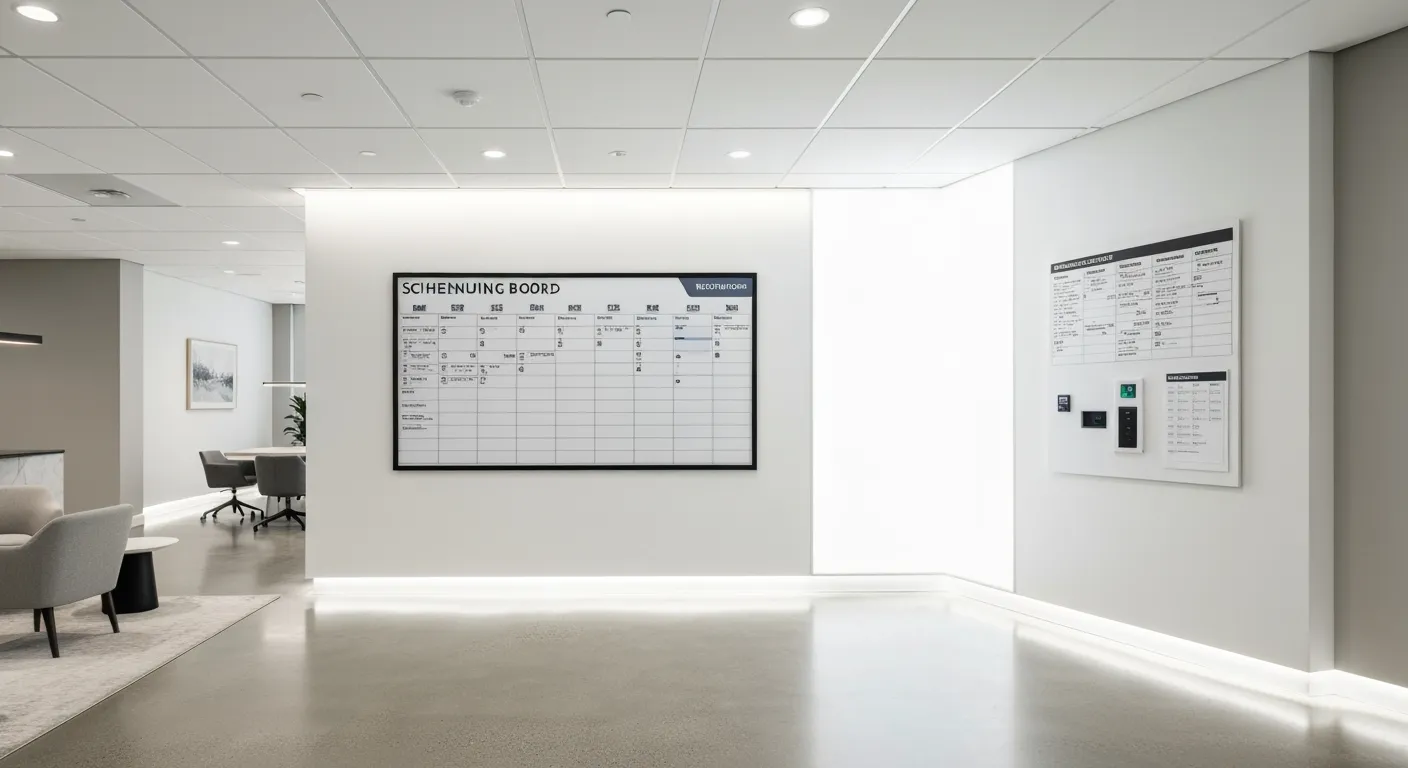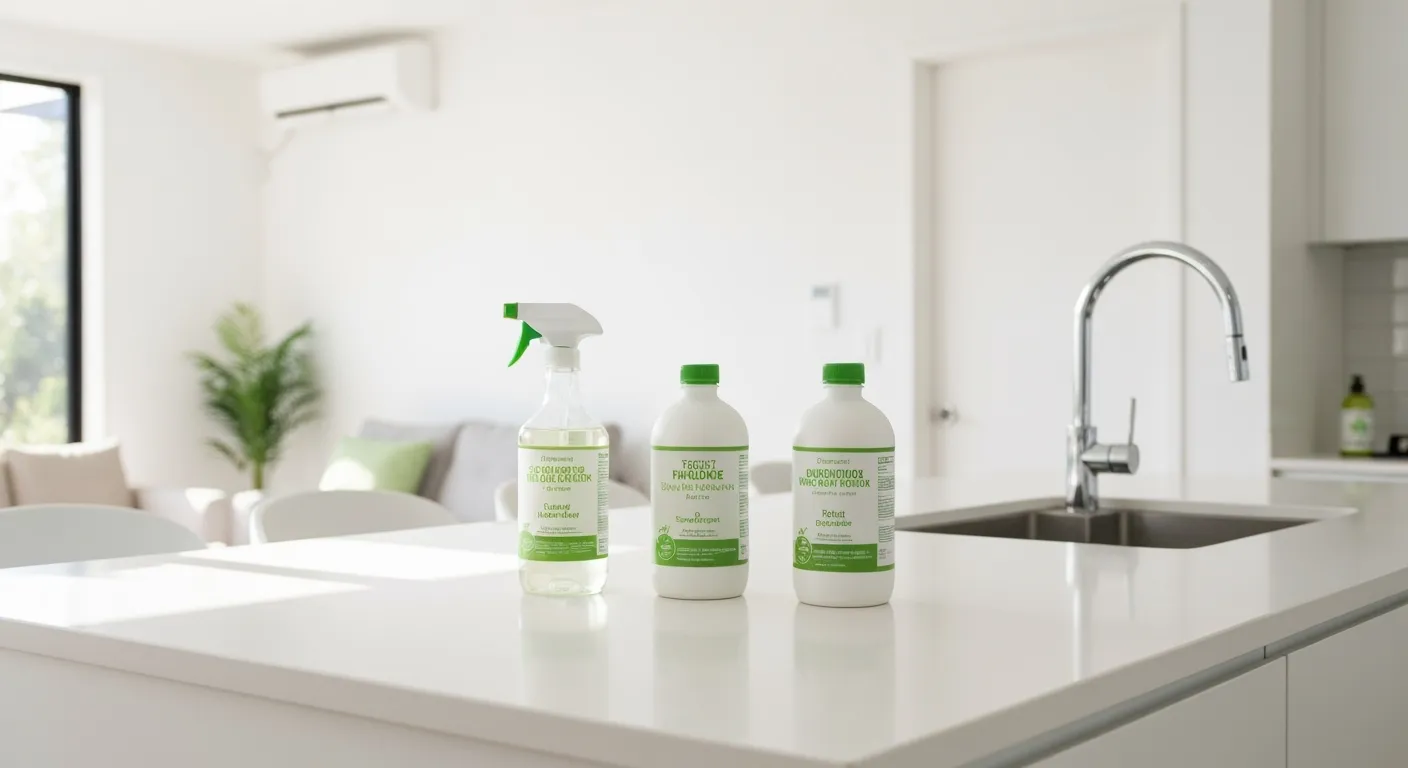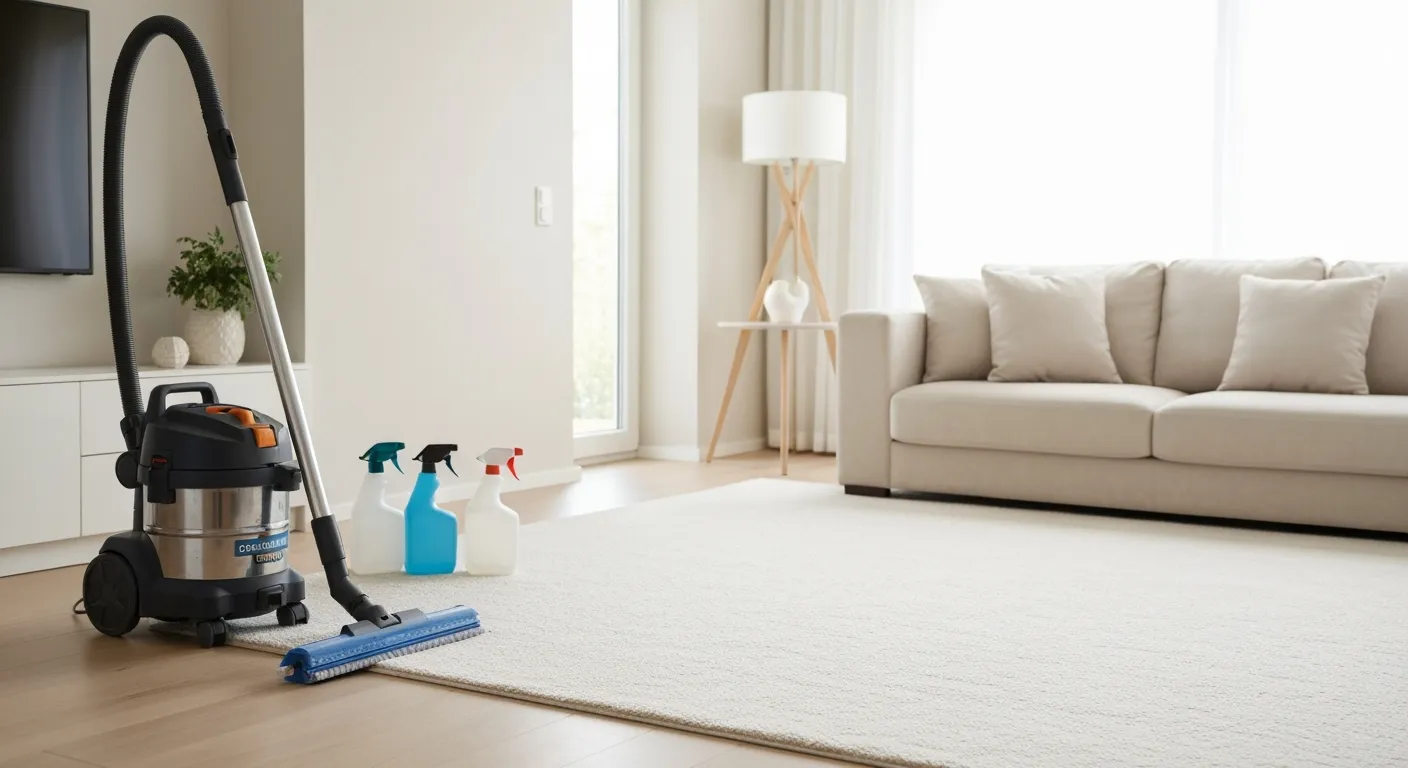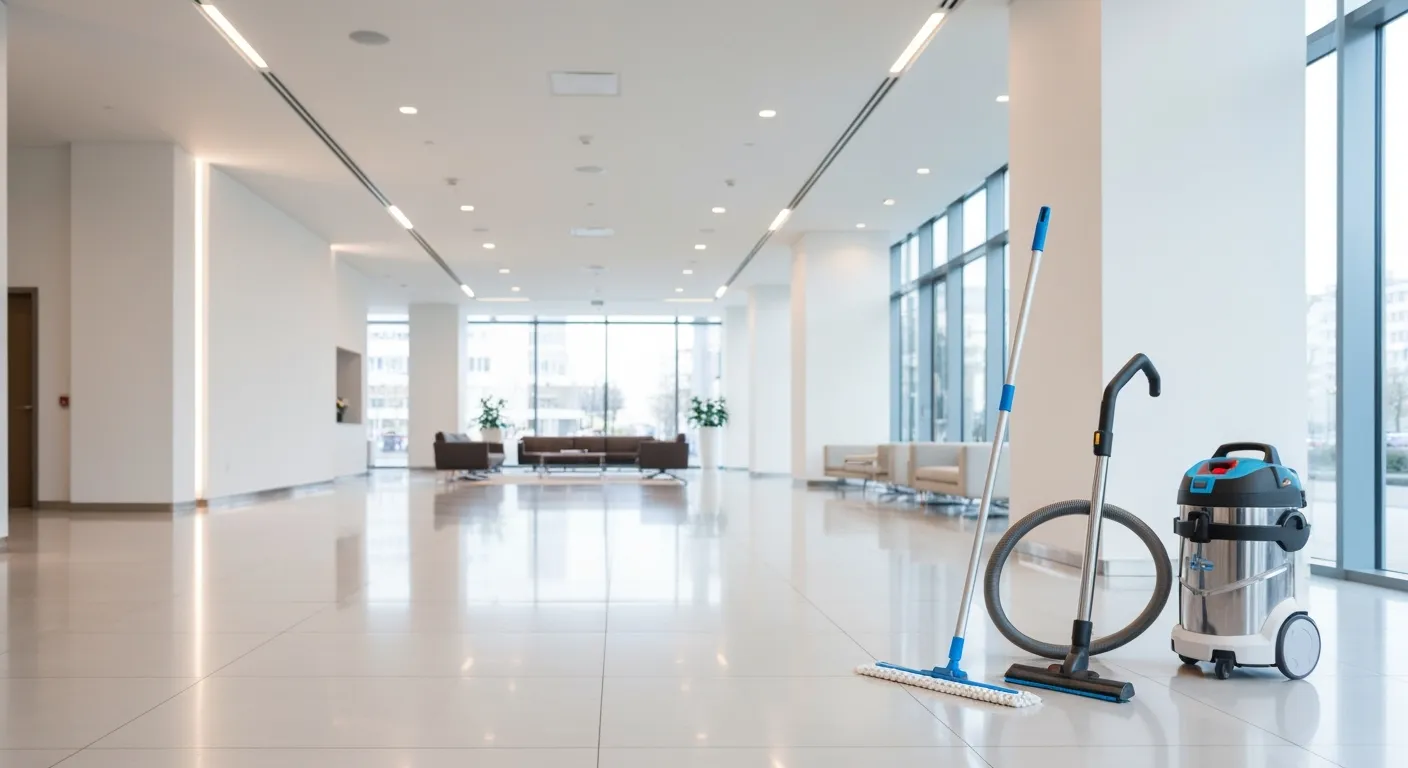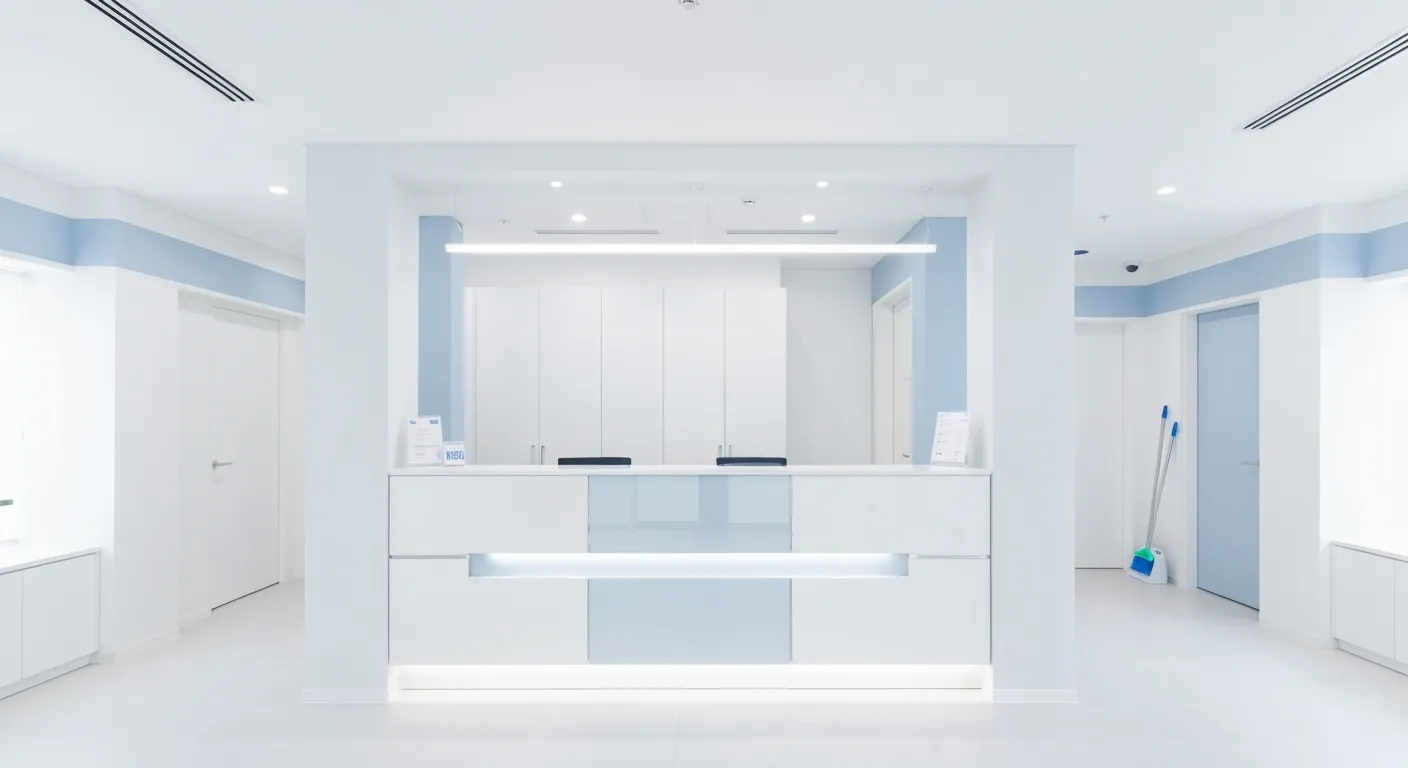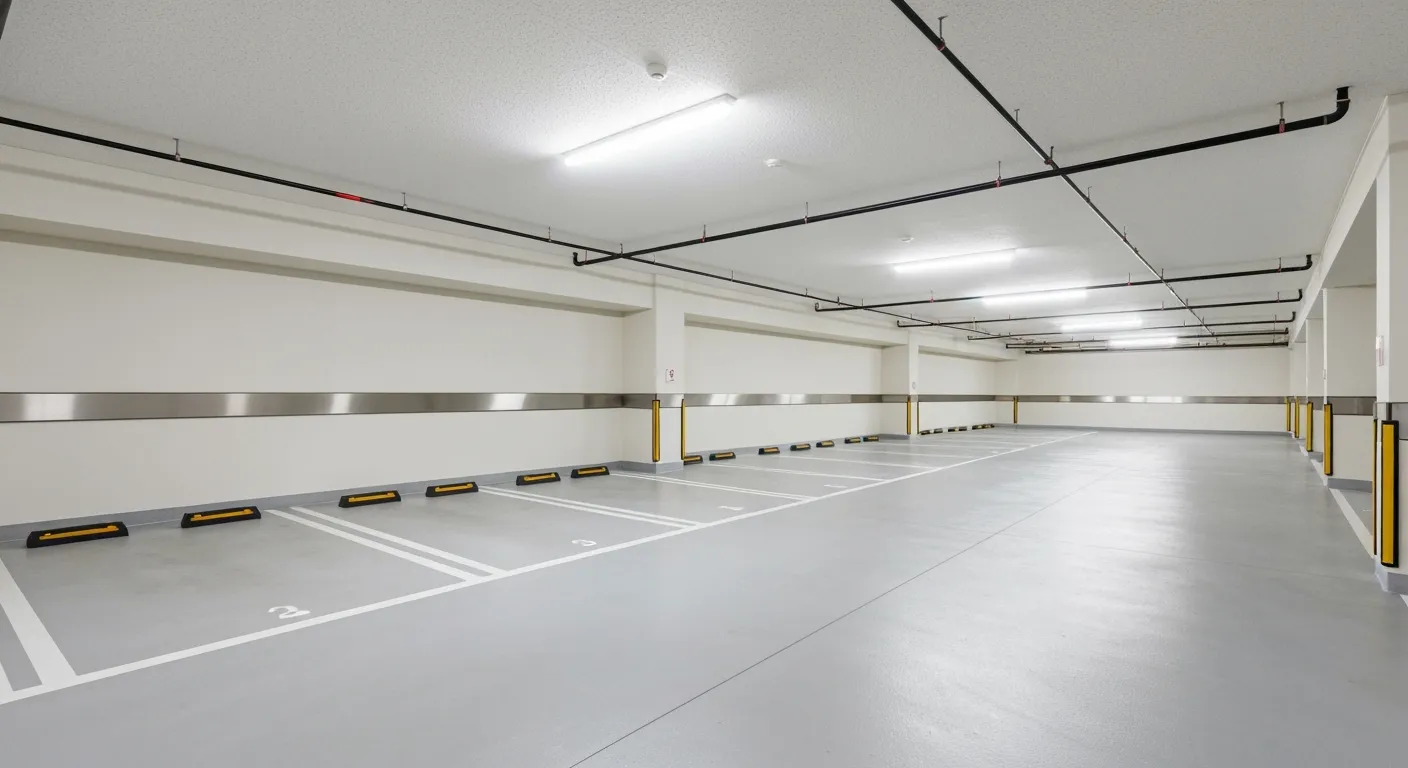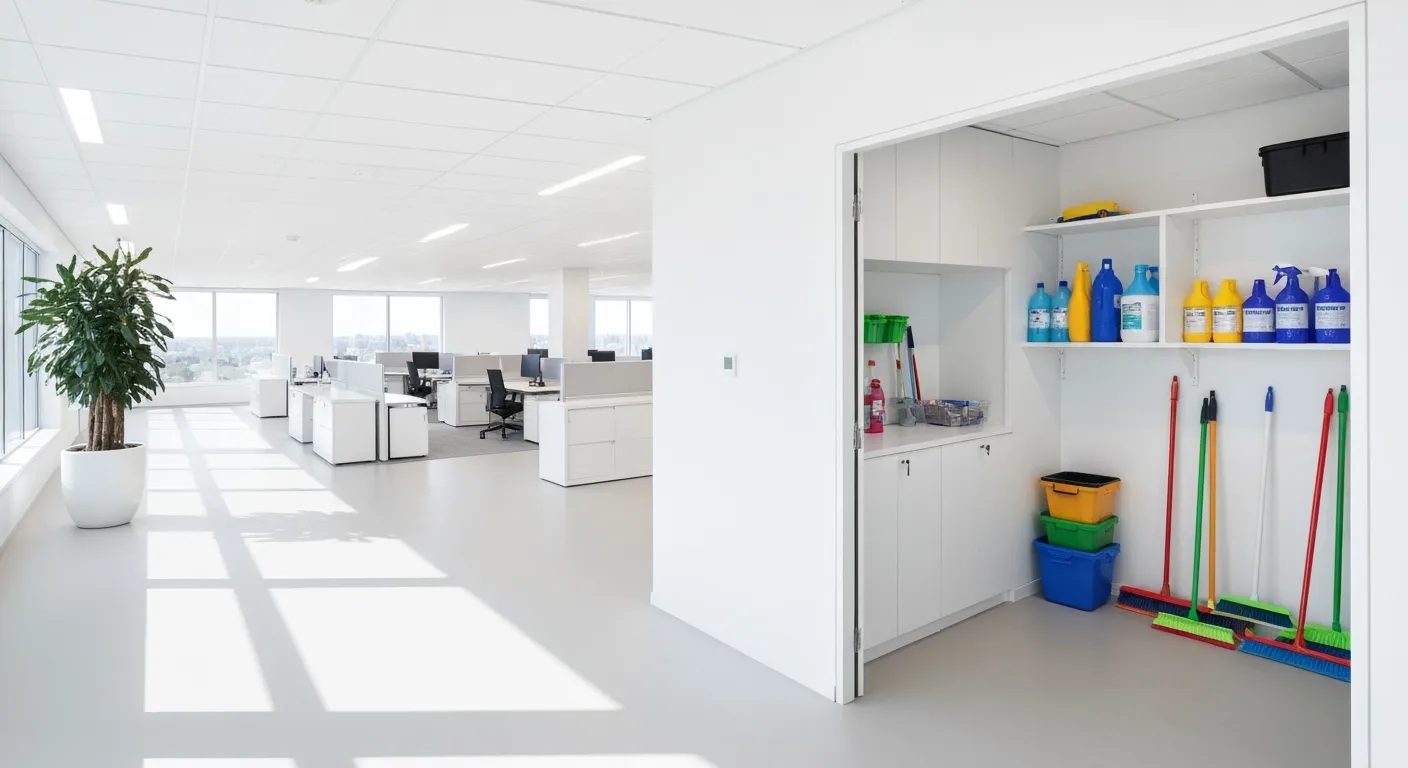How Many Americans Delay Deep Cleaning—and the Hidden Health Impact of Waiting
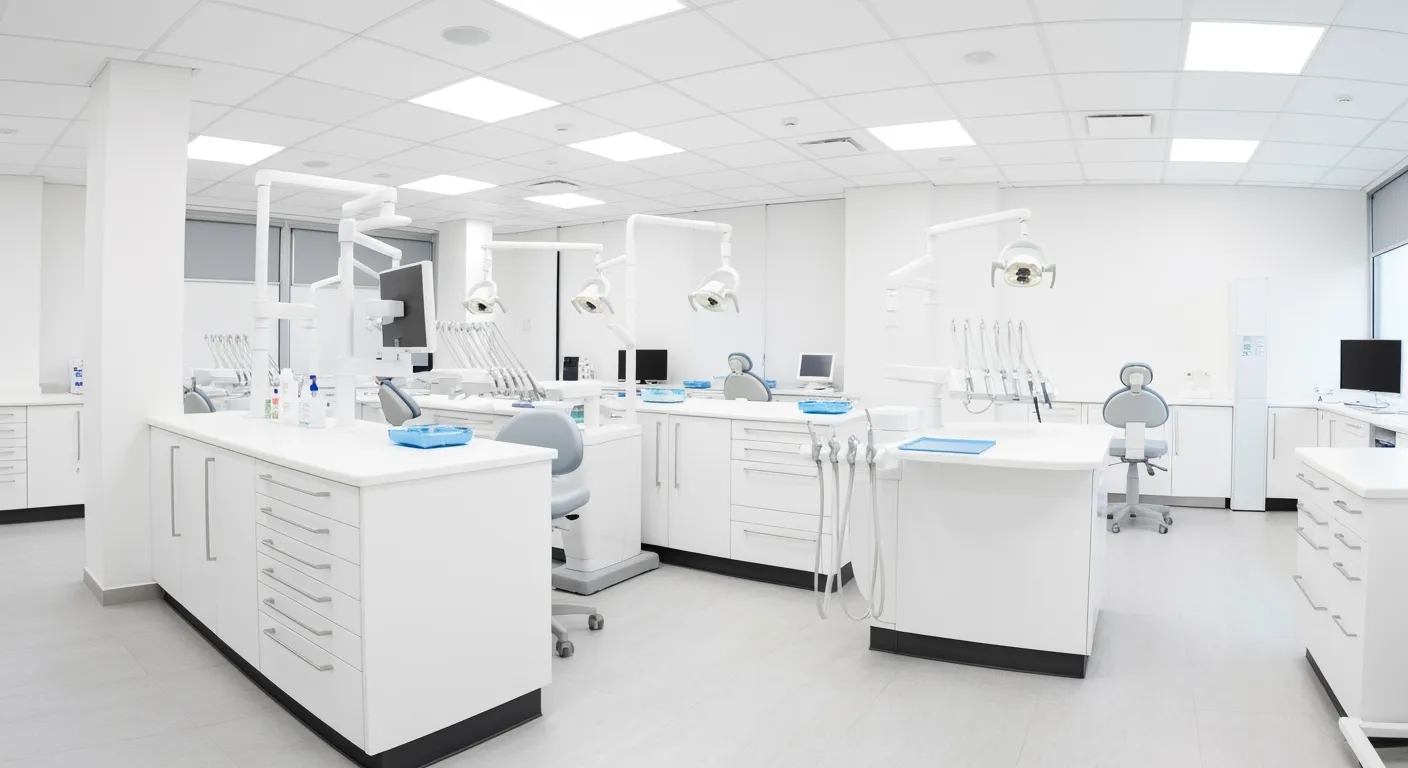
Understanding the Extent and Impact of Delaying Dental Deep Cleanings
Nearly half of American adults delay or avoid essential dental care, particularly costly treatments like deep cleaning, leading to worsened oral and overall health. This article explores how widespread this delay is, the driving factors behind it, and the serious and often hidden health consequences of postponing deep dental cleanings.
Prevalence and Reasons Behind Delaying Deep Dental Cleanings

How many Americans delay deep cleaning and dental care?
Nearly half of U.S. adults—about 42–47%—report delaying dental cleanings or care in recent years. This includes postponing deep dental cleanings, a crucial treatment for gum disease affecting almost half of adults over 30 in the U.S. Dental care utilization 2019-2020 | Delayed dental care due to inflation | Dental care access in America
What are common reasons for delaying dental deep cleanings?
Cost remains the foremost barrier, with nearly 80% delaying care due to financial concerns. Inflation and rising healthcare expenses have intensified this trend. Besides finances, psychological factors like dental anxiety and uncertainty about the necessity of treatment further contribute to avoidance. Lack of dental insurance also plays a significant role in limiting access. Cost concerns delaying dental care | Cost of Delaying Oral Care | Delay of dental care and dental anxiety | Inflation delaying dental care
How has the COVID-19 pandemic affected dental care access?
The pandemic has disrupted routine dental visits, with about 19% of adults unable to visit dental providers since its start. Concerns about virus exposure, postponed appointments, and reduced clinic hours have increased delays, particularly for treatments like deep cleaning. COVID-19 impact on dental visits | Dental care utilization 2019-2020 | Ongoing oral health inequities
How do insurance and access disparities influence delay?
Adults with dental insurance are substantially more likely to receive preventive and deep cleaning care. Conversely, low-income groups, rural residents, and uninsured individuals face higher barriers, exacerbating disparities in oral health outcomes. Dental insurance and dental care access | Barriers to dental care access | Financial impact of neglecting dental health
Together, financial challenges, pandemic impacts, and psychological factors create significant hurdles to timely deep cleaning treatment, underscoring the need for accessible dental care solutions and education on oral health maintenance.
What Dental Deep Cleaning Entails and Why It’s Essential

What is dental deep cleaning and why is it necessary?
Dental deep cleaning, also called scaling and root planing, is a dental procedure that targets plaque and tartar buildup below the gumline. This buildup is a primary cause of gum inflammation and infection conditions such as gingivitis and periodontitis. When gum pockets measure 4 to 5 millimeters or more, or when there are signs like bleeding, swelling, or loose teeth, deep cleaning becomes necessary to halt disease progression.
Procedures involved in deep cleaning
Deep cleaning consists of two parts: scaling and root planing. Scaling removes the hardened tartar and plaque from above and beneath the gumline, including between tooth surfaces and roots. Root planing then smooths the tooth roots to help gums reattach firmly and reduce inflammation. The procedure usually takes one to two hours and may require multiple visits for full treatment (see details).
Differences between regular cleaning and deep cleaning
Regular dental cleanings focus on removing plaque and tartar only from above the gumline and are preventive. In contrast, deep cleaning reaches under the gumline to remove harmful deposits lurking in gum pockets that regular cleanings cannot access. Deep cleaning is therapeutic, aiming to treat active gum disease (learn more).
Signs that indicate the need for deep cleaning
Symptoms such as bleeding gums during brushing or flossing, gum swelling, persistent bad breath, gum recession, and deep gum pockets all signal the need for deep cleaning. Approximately 47% of adults over 30 in the U.S. have some form of gum disease, making this treatment commonly needed (CDC periodontal disease data).
Benefits of deep cleaning
Deep cleaning helps stop the progression of gum disease, preventing irreversible bone and tooth loss. It reduces gum inflammation, eliminates bad breath caused by bacterial buildup, and lowers the risk of systemic health complications linked to periodontal infection, such as heart disease and diabetes. Early deep cleaning ensures healthier gums and preserves natural teeth, making it an essential dental therapy (full benefits).
Table: Overview of Deep Cleaning Aspects
| Aspect | Description | Notes |
|---|---|---|
| Procedures | Scaling and root planing | Might require 1-2 visits (procedure details) |
| Purpose | Remove tartar below gumline to treat gum disease | Treats gingivitis and periodontitis (importance) |
| Indications | Bleeding, swelling, pockets over 4mm, loose teeth | Common in ~47% adults 30+ (statistics |
| Benefits | Prevents tooth loss, reduces infection, bad breath | Supports overall health (health impact) |
Health Consequences of Delaying Deep Cleaning: Oral and Systemic Risks
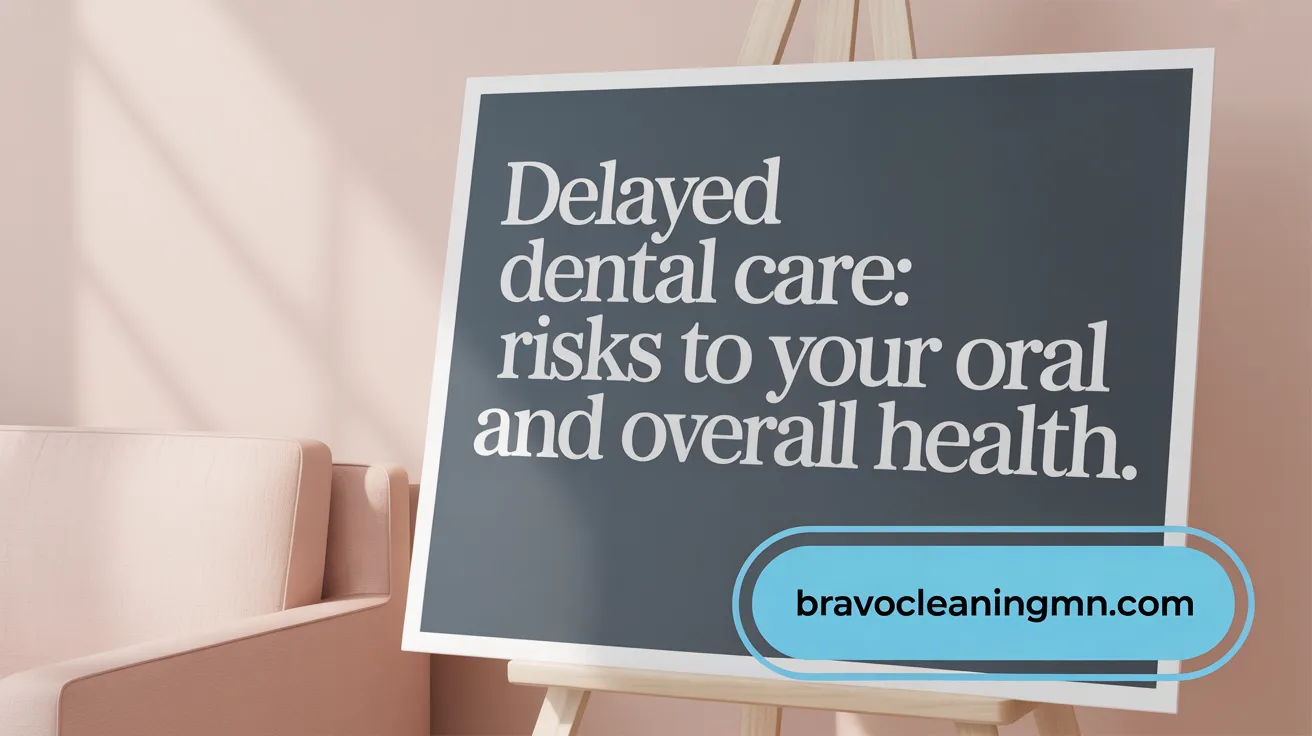
What happens to oral health if deep cleaning is delayed?
Delaying deep cleaning allows plaque and tartar to accumulate beneath the gumline, leading to gum irritation, swelling, and bleeding—early signs of gingivitis. Without treatment, this progresses to periodontitis, a serious gum infection causing gum recession, bone deterioration, loose teeth, and eventual tooth loss. This progression is often irreversible.
How does delayed treatment affect bad breath and quality of life?
Bacterial buildup from untreated gum disease leads to persistent bad breath (halitosis) and can cause mouth sores. These symptoms negatively impact confidence and social interactions, reducing quality of life (Managing Bad Breath with Deep Cleaning).
Are there systemic health risks associated with untreated gum disease?
Yes. Gum disease contributes to systemic inflammation and is linked with higher risks for major illnesses such as heart disease, diabetes complications, and respiratory conditions (Link Between Gum Disease and Major Illnesses. Bacteria and inflammatory mediators from gum infections may enter the bloodstream, affecting overall health (Consequences of Untreated Dental Issues).
What are the dental treatment implications of delaying deep cleaning?
Delays often result in the need for more invasive and costly procedures like gum surgery, root canals, crowns, and even tooth replacement with implants (Dental Care Statistics in Oklahoma Children, Cost of Root Canals and Crowns. Early intervention through deep cleaning helps prevent these escalations (Importance of Scaling and Root Planing.
Taking timely action with deep cleaning not only preserves oral health but also safeguards systemic well-being and reduces future financial and health burdens (Saving from Good Dental Hygiene.
Financial and Social Costs of Postponing Dental Deep Cleanings
What are the financial implications of delaying deep cleaning?
Routine dental cleanings, costing around $125, serve as a preventive measure to maintain oral health. However, postponing these cleanings can lead to much more costly dental procedures, including root canals priced between $770 and $2,471, crowns averaging $1,288, and dental implants ranging from $3,000 to $4,500. Neglecting dental care can increase overall dental costs by approximately 43% over five years, highlighting the economic advantage of timely treatments (Hidden Costs of Ignoring Dental Treatment.
Economic impact of untreated dental disease
Untreated gum disease and cavities often escalate, requiring advanced interventions that are financially burdensome. The progression from gingivitis to periodontitis can necessitate expensive deep cleanings, scaling, root planing, or even surgery (Importance of Scaling and Root Planing, Tooth Scaling and Root Planing. Furthermore, reliance on emergency dental care, which is costly and often preventable, underscores the financial strain caused by delayed treatment (The Many Costs, Financial and Well-being, of Poor Oral Health).
How does delayed dental care affect social and mental well-being?
Poor oral health resulting from postponed dental care can have significant social and psychological consequences. Individuals may experience embarrassment and social anxiety due to visible dental problems such as decayed or missing teeth and bad breath. This diminished self-confidence often leads to reduced participation in social interactions and can negatively influence employability, affecting overall quality of life (Impact of Delayed Dental Treatment).
Emergency dental care reliance and expense
Approximately 4% of adults rely on emergency departments annually for dental issues, a costly approach often linked to neglected routine care. These emergency visits typically cost significantly more than preventive services, emphasizing the financial and health benefits of maintaining regular dental appointments and addressing problems early (Dental Care Access in America, Over Half of Americans Have Delayed Medical or Dental Treatment Due to Cost).
Preventive Practices and Strategies to Overcome Delay Barriers

Importance of regular checkups and cleanings
Regular dental visits play a crucial role in maintaining oral health and reducing the need for deep cleanings by up to 40%. Professional cleanings remove plaque and tartar buildup that cannot be managed by daily brushing alone, preventing gum disease progression. Early detection during routine exams allows timely treatment of cavities and gum inflammation, avoiding costly and invasive procedures (Why You Shouldn't Postpone a Dental Cleaning, Importance of Early Dental Sealants.
Role of insurance and financial assistance
Insurance coverage significantly increases access to preventive dental care. Individuals with dental insurance are over 1.3 times more likely to get regular cleanings and checkups. Expanding Medicaid benefits and promoting affordable dental insurance help overcome financial barriers that cause nearly 80% of Americans to delay care (Dental care access in America, Financial Impact of Neglecting Dental Health. Financial assistance programs and sliding scale clinics can also reduce cost concerns and improve care utilization (The Many Costs: Financial and Well-Being of Poor Oral Health.
Managing dental anxiety and patient education
Dental anxiety is a common barrier leading to delayed care. Counseling, behavioral interventions, and sedation dentistry can ease patient fears and encourage timely visits (Dental care delay due to anxiety). Educating patients on the health risks of delaying treatment, including the potential progression to gum disease and tooth loss, reinforces the importance of regular care (Consequences of Untreated Gum Disease, Risks of Untreated Gum Disease. Clear communication about procedures and pain management options improves patient confidence (Deep dental cleaning procedure.
Recommendations for maintaining oral health to minimize deep cleaning need
Daily oral hygiene routines—brushing twice daily with fluoride toothpaste, flossing, and using antimicrobial rinses—help prevent plaque buildup and gum inflammation (Oral hygiene and gum health. Limiting sugar intake and avoiding tobacco reduce risk factors for gum disease. Patients with healthy gums should receive prophylactic cleanings every six months, while those with periodontal concerns require more frequent maintenance every 3–4 months as advised by their dentist (Deep teeth cleaning frequency, Dental cleaning schedule.
| Strategy | Description | Benefit |
|---|---|---|
| Regular dental visits | Professional cleanings and exams | Early detection and prevention (Dental Care Utilization) |
| Insurance & financial support | Medicaid expansion, affordable plans | Increases access and reduces cost barriers (Cost of Delaying Oral Care |
| Dental anxiety management | Counseling, sedation, patient education | Improves adherence to care (Dental Anxiety Impacts |
| Good oral hygiene practices | Brushing, flossing, antimicrobial rinses | Reduces plaque and need for deep cleanings (Benefits of Dental Deep Cleaning |
Hidden Consequences of Home and Professional Cleaning Neglect on Respiratory Health
What are the health risks related to cleaning practices impacting respiratory health?
Frequent exposure to cleaning chemicals during home cleaning has been linked to serious respiratory problems, including asthma and accelerated lung function decline. Research shows that women who clean regularly experience lung function loss comparable to smoking 10-20 cigarettes daily over 20 years. Poor indoor air quality from accumulated allergens like dust mites, pet dander, and chemical residues in unclean homes further contributes to respiratory illnesses and allergy flare-ups. For detailed insights, see the Long-term effects of cleaning on lungs and Health risks of cleaning products.
How can safer cleaning practices be implemented?
To protect respiratory health, safer cleaning methods include using non-toxic, low-VOC (volatile organic compounds) products and natural alternatives such as plain soap and water, baking soda, and vinegar-water solutions. Ensuring good ventilation by opening windows or running exhaust fans during and after cleaning helps reduce chemical exposure. Wearing protective gloves and masks, avoiding mixing different chemical cleaners, and selecting EPA-endorsed safer products also minimize health hazards. Refer to Safe Cleaning Practices and Mayo Clinic advice on cleaning safety for more guidelines.
Health hazards of inadequate or infrequent deep cleaning in homes
Neglecting deep cleaning allows buildup of dust, mold, bacteria, and pests, all of which degrade indoor air quality and can trigger respiratory problems. Household allergens accumulating on carpets, furniture, and surfaces can cause chronic cough, wheezing, and aggravate asthma or eczema symptoms. Residues from harsh chemical cleaners used unsafely without proper rinsing exacerbate irritation of the eyes, throat, and lungs. Additional details can be found in Mold growth in humid climates and respiratory illnesses and Health risks of cleaning products.
Protective measures to reduce chemical exposure and indoor pollution
Regularly cleaning high-touch surfaces with gentle, effective methods prevents contamination while limiting chemical use. Using microfiber cloths for dust and thorough rinsing lowers residue buildup. Keeping homes free from clutter and moisture reduces mold and pest growth. Educating household members about safe product use and storage further decreases risks, promoting healthier indoor environments that protect respiratory wellbeing. For practical advice, see Importance of Cleaning and Hygiene and Safe Cleaning Practices.
Taking Action: The Importance of Timely Deep Cleaning for Health and Well-being
Delaying deep dental cleanings is a widespread issue fueled mainly by cost and fear, but the hidden costs to oral and systemic health are profound. Untreated gum disease jeopardizes dental function, increases medical risks, and triggers costly, invasive procedures. Proactive dental care accompanied by safer household practices offers a path to better health, reduced expenses, and improved quality of life. Raising awareness, improving insurance access, and encouraging timely dental visits are essential to reversing the trend and safeguarding Americans' health.


